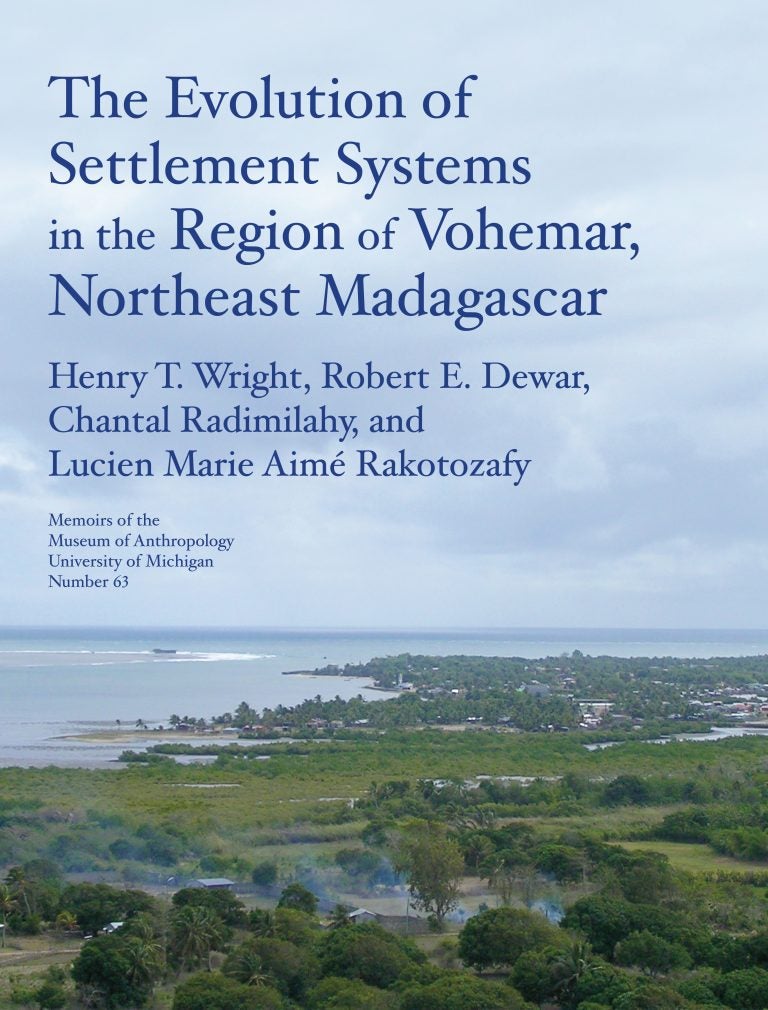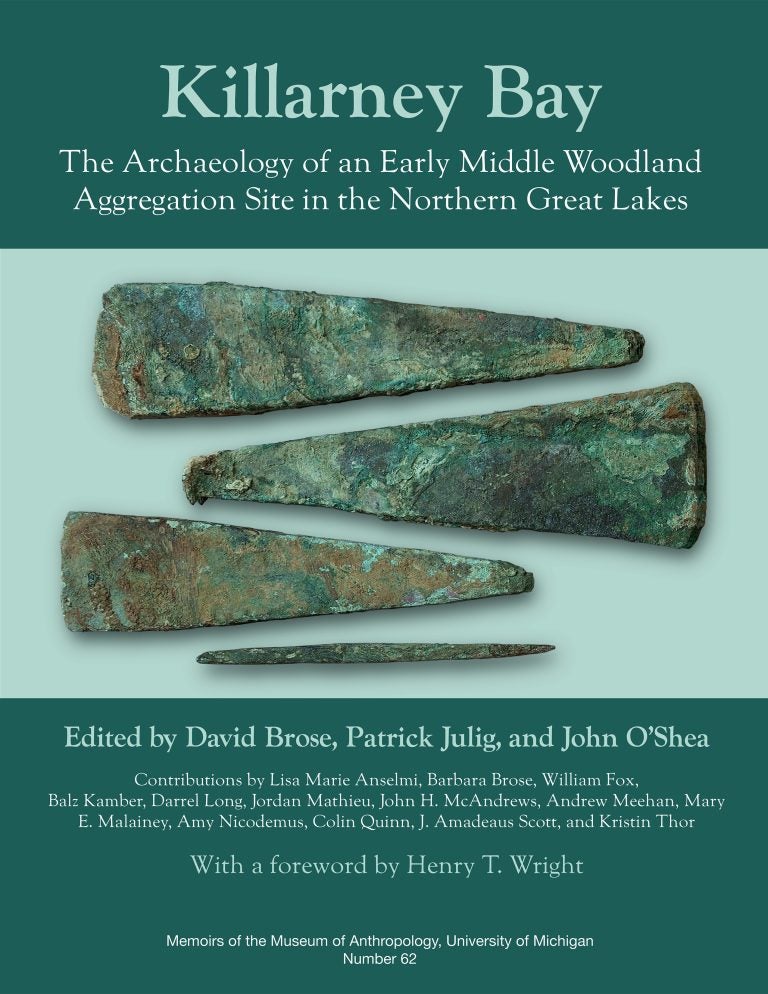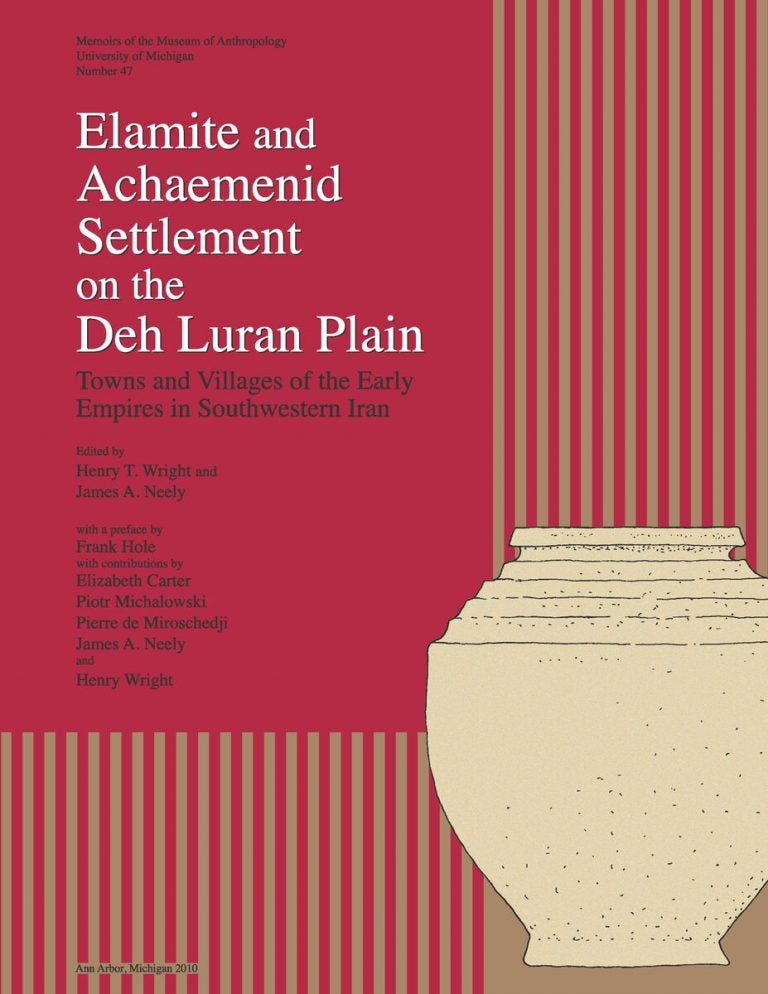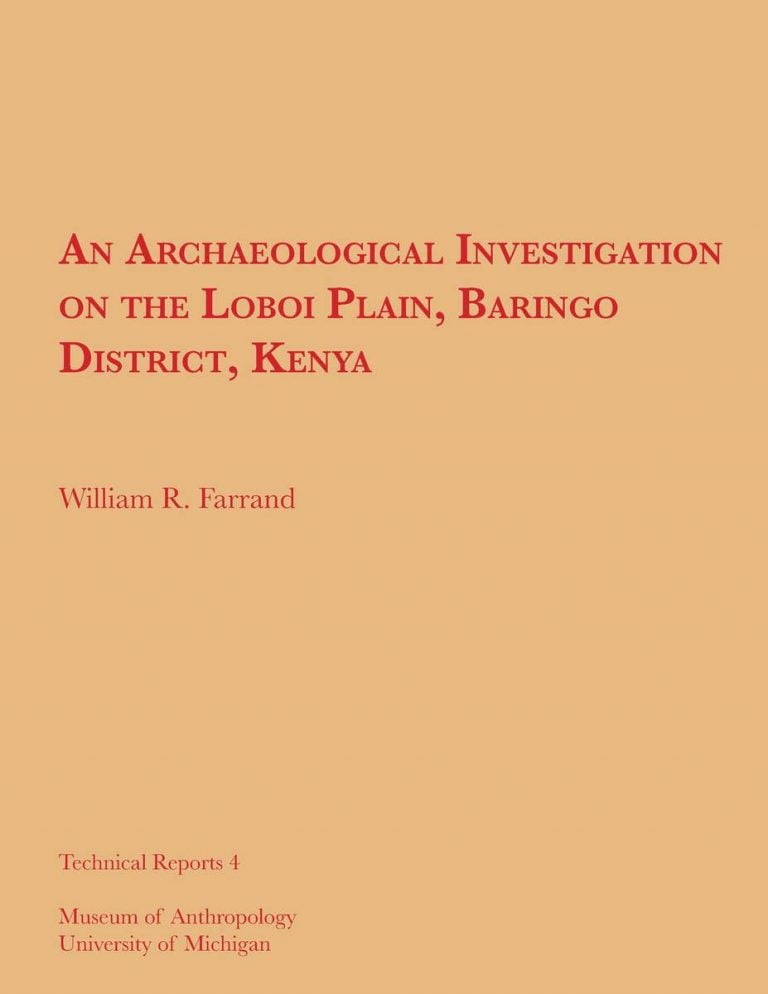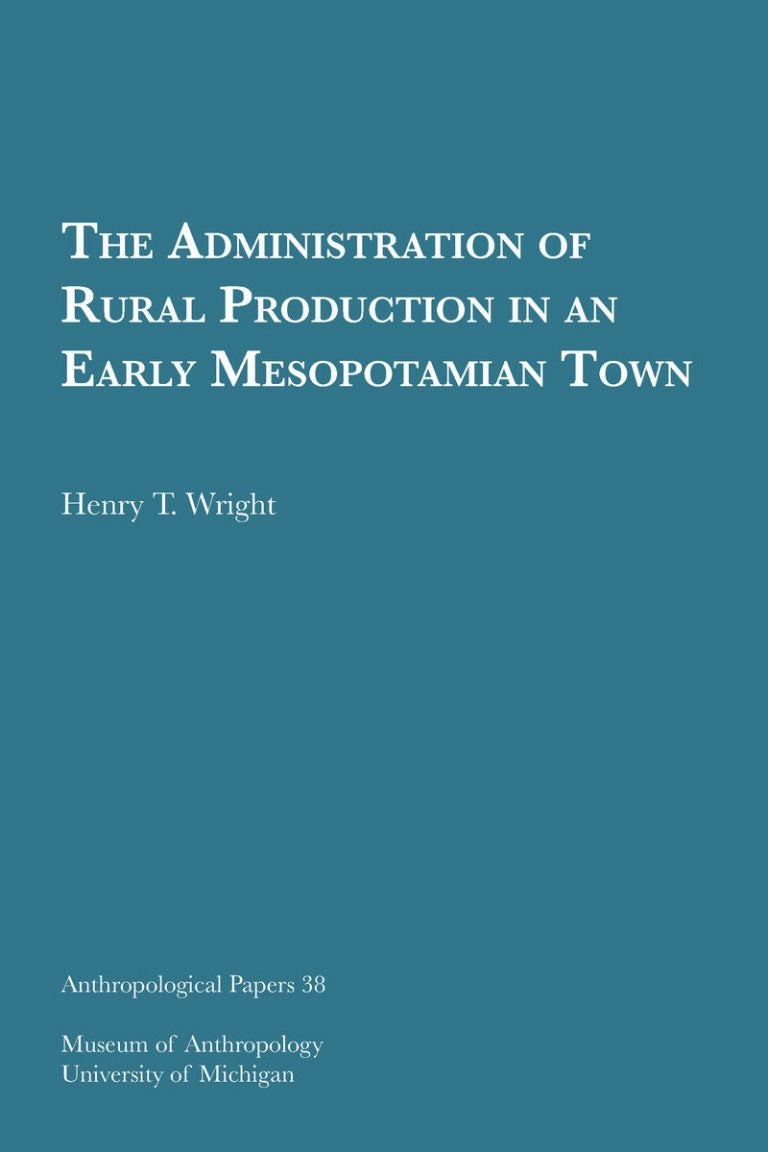In four seasons of intensive archaeological survey in the Vohemar region of Madagascar, researchers found evidence of many settlements dating to different periods: a large port site dating to the fourteenth century (the same era as large cemetery nearby); early estuarine villages of the eighth to tenth centuries; and a rock shelter with microlithic tools.
Category: Henry T. Wright
Killarney Bay: The Archaeology of an Early Middle Woodland Aggregation Site in the Northern Great Lakes
The archaeological site at Killarney Bay, on the northeast side of Georgian Bay in Ontario, Canada, has attracted and mystified archaeologists for decades. The quantities of copper artifacts, exotic cherts, and long-distance trade goods all highlight the importance of the site during its time of occupation. Yet researchers have struggled to date the site or assign it to a particular cultural tradition, since the artifacts and mortuary components do not precisely match those of other sites and assemblages in the Upper Great Lakes. The history of archaeological investigation at Killarney Bay stretches across parts of three centuries and involves field schools from universities in two countries (Laurentian University in Canada and the University of Michigan in the United States). This volume pulls together the results from all prior research at the site and represents the first comprehensive report ever published on the excavations and finds at Killarney Bay. 157 color and b&w photographs and maps and 93 tables.
Crowfield (AfHj-31): A Unique Paleoindian Fluted Point Site from Southwestern Ontario
D. Brian Deller, Christopher J. Ellis
M 49
This monograph provides a detailed description and analysis of the Crowfield Early (fluted point associated) Paleoindian site, excavated in 1981 and 1982.
Elamite and Achaemenid Settlement on the Deh Luran Plain: Towns and Villages of the Early Empires in Southwestern Iran
Henry T. Wright, James A. Neely
M 47
The Deh Luran Plain, nestled in the foothills of the Zagros Mountains close to the modern border between Iraq and Iran, had a long and rich prehistory, beginning with the local development of villages dependent upon rainfall farming and herding in the 8th millennium BC. This volume continues the account of the plain from the later 3rd millennium BC to the middle of the 1st millennium BC. It contains detailed site maps and descriptions, aerial and satellite images of major sites, statistics and drawings of ceramics, and discussions of the historical sources.
Early State Formation in Central Madagascar: An Archaeological Survey of Western Avaradrano
Henry T. Wright
M 43
Distant Madagascar, the island at the end of the world, has many lessons to teach. The ancestors of the Malagasy people established themselves at least 1500 years ago. Again and again since their arrival, the Malagasy have created new kinds of political communities. This study concerns archaeological survey and excavations in the indigenous state of Imerina in the central highlands.
Early Settlement and Irrigation on the Deh Luran Plain: Village and Early State Societies in Southwestern Iran
James A. Neely and Henry T. Wright
T 26
The Deh Luran Plain is a microcosm of Mesopotamia and important for the study of a variety of processes in cultural evolution. In this volume (the first of three planned on this project), the authors present a detailed archaeological survey covering periods from the earliest occupation of the plain up to the mid-third millennium BC.
An Early Town on the Deh Luran Plain: Excavations at Tepe Farukhabad
Henry T. Wright
M 13
The site of Tepe Farukhabad, in southwestern Iran, dates to the fourth millenium BC. In this monograph, editor Henry T. Wright presents archaeological data from the Tepe Farukhabad excavations. For each phase of the site, the authors give detailed descriptions of the structures and artifacts, including ceramics, stone, bone, metal, textile, and faunal remains. With his interpretation of this data, Wright advances our understanding of early exchange in southwest Asia and of development of early states.
Archaeological Investigations in Northeastern Xuzestan, 1976
Henry T. Wright
T 10
In the region of Xuzestan (also “Khuzestan”), in southwestern Iran, early inhabitants domesticated plants and animals and developed permanent settlements and complex political states. In this volume, editor Henry T. Wright presents the results of three archaeological surveys in this important region.
Contributors report on findings by time period, including the Paleolithic, Archaic, Susiana, Uruk, Protoelamite, Elamite, and Islamic periods.
An Archaeological Investigation on the Loboi Plain, Baringo District, Kenya
William R. Farrand, Richard W. Redding, Milford H. Wolpoff, and Henry T. Wright, III
T 4
In 1973, researchers from the University of Michigan conducted a survey in the Loboi area, north of Lake Bogoria (Lake Hannington) in west Kenya, north of Nairobi. The goal of the project was to record archaeological remains in the area. In 1965, Mary Leakey had noted the presence of stone tools and faunal remains in Loboi, and her son Richard Leakey, director of the National Museums of Kenya, suggested the area should be further studied.
In addition to the intensive survey, the researchers excavated seven small test units at five sites and recovered archaeological materials.
Social Exchange and Interaction
Edwin N. Wilmsen, ed.
AP 46
Contributors in this volume are concerned with the role of exchange in maintaining social systems as diverse as aboriginal Australia, 1960s Madagascar, and prehistoric Mesopotamia. Contributions by Aram A. Yengoyan, George C. Frison, Richard I. Ford, Stuart Struever, Gail L. Houart, Peter Benedict, Henry T. Wright, Conrad P. Kottak, and Kent V. Flannery.
The Administration of Rural Production in an Early Mesopotamian Town
Henry T. Wright
AP 38
Henry T. Wright offers a study of economy and production at two Mesopotamian sites dating to the Early Dynastic: Ur, a large town, and Sakheri Sughir, a small rural community. Includes appendices on artifacts, faunal remains, and two burials. Contributions by Sandor Bökönyi, Kent V. Flannery, and John Mayhall.

